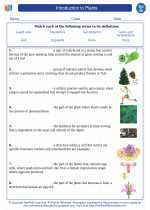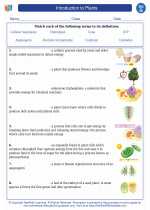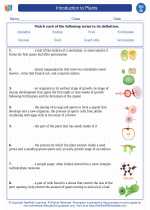Storms
Storms are powerful atmospheric disturbances that result in strong winds, heavy precipitation, thunder, and lightning. They can range from localized events such as thunderstorms to large-scale phenomena like hurricanes and tornadoes.
Types of Storms
- Thunderstorms: These are localized storms characterized by thunder, lightning, heavy rain, and sometimes hail. They often form in warm, unstable air masses.
- Hurricanes: These are large, powerful storms that form over warm ocean waters. They have a well-defined circulation and can cause widespread destruction due to strong winds and heavy rainfall.
- Tornadoes: These are violent windstorms characterized by a twisting, funnel-shaped cloud. They can cause extreme damage in a very localized area.
- Blizzards: These are severe snowstorms with strong winds and reduced visibility. They often occur in cold, winter conditions.
- Cyclones: These are large-scale, low-pressure systems that can cause heavy rain, strong winds, and storm surges along coastal areas.
Formation and Causes
Storms form due to a combination of atmospheric conditions, including temperature, humidity, and air pressure. For example, thunderstorms often develop in warm, moist air when it is lifted rapidly by atmospheric instability. Hurricanes form over warm ocean waters when there is sufficient moisture and a low-pressure system to initiate their development. Tornadoes typically occur in the presence of severe thunderstorms and are associated with strong updrafts and wind shear.
Impact on the Environment and Society
Storms can have significant impacts on both the natural environment and human communities. They can cause destruction of property, loss of life, and disruption of infrastructure. Additionally, storms can influence ecosystems by altering landscapes, redistributing nutrients, and affecting wildlife populations.
Study Guide
When studying storms, it's important to understand the different types of storms, their causes, and their impacts. Here are some key points to focus on:
- Identify and describe the characteristics of different types of storms, including thunderstorms, hurricanes, tornadoes, blizzards, and cyclones.
- Explain the atmospheric conditions that lead to the formation of storms, such as temperature, humidity, and air pressure.
- Discuss the impact of storms on the environment and human society, including the potential for damage, loss of life, and disruption of infrastructure.
- Explore the measures taken to monitor and predict storms, as well as the strategies for mitigating their impact through preparedness and response.
By understanding the science behind storms and their effects, we can better prepare for and respond to these powerful natural phenomena.
.◂Biology Worksheets and Study Guides High School. Introduction to plants

 Worksheet/Answer key
Worksheet/Answer key
 Worksheet/Answer key
Worksheet/Answer key
 Vocabulary/Answer key
Vocabulary/Answer key
 Vocabulary/Answer key
Vocabulary/Answer key
 Vocabulary/Answer key
Vocabulary/Answer key
 Vocabulary/Answer key
Vocabulary/Answer key
 Vocabulary/Answer key
Vocabulary/Answer key
